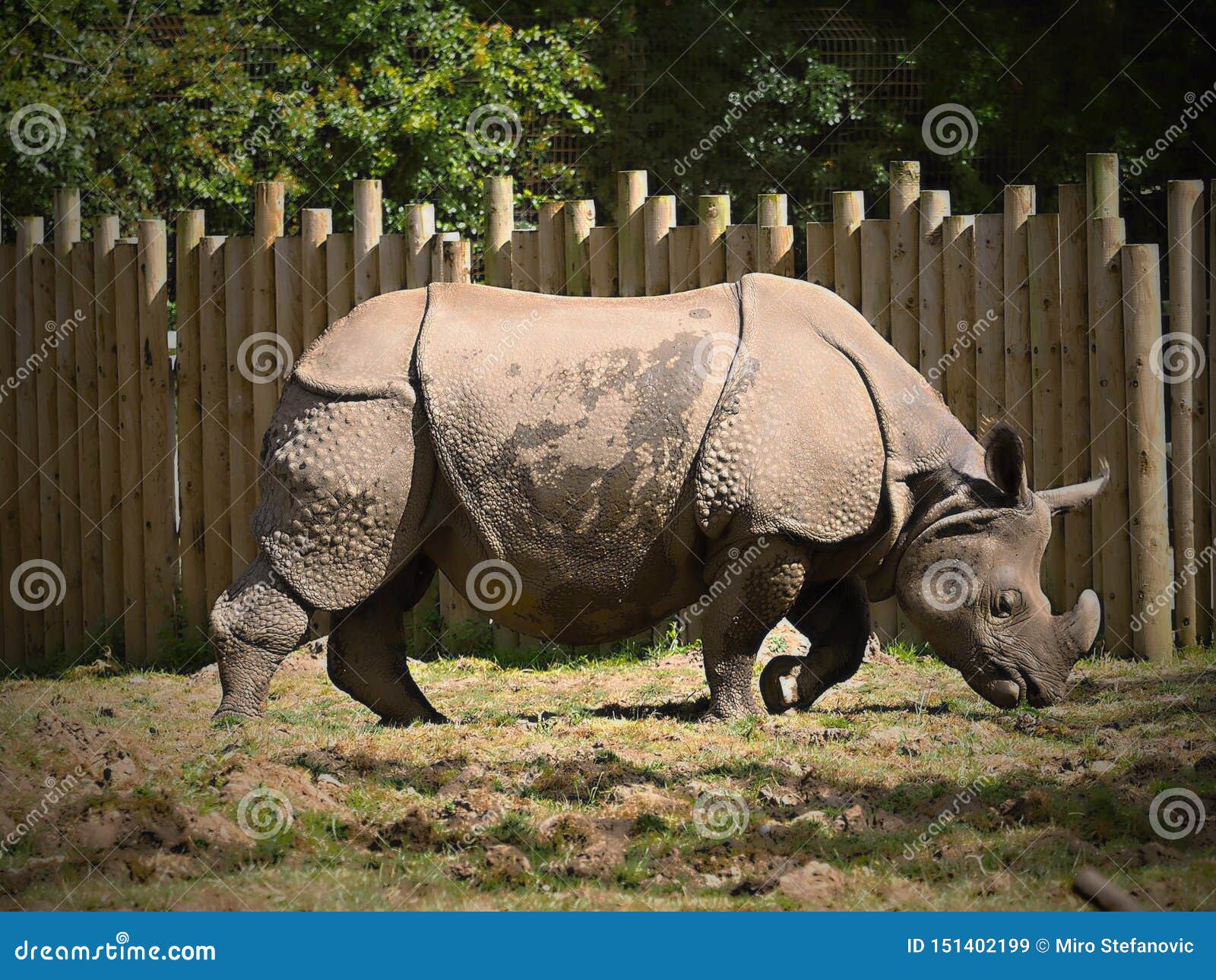

Where does black rhinoceros live skin#
Wet areas also supply them with muddy banks that they will wallow and bathe in, coating their sensitive skin with mud as protection from heat and insect bites.

Because of their size they require a home range of about 5 square miles that is rich in resources.Ībundant vegetation is vital to survival, but unlike many African animals who regularly go for many days without drinking, the water from the plants rhinos eat is not sufficient for them, and they will visit watering holes multiple times a day, drinking heartily.ĭuring drought, they may have to walk up to ten miles between their water source and their food source. The white rhinoceros and the black rhinoceros live in small pockets of grasslands on the floodplains of Southern and Eastern Africa. Wallowing in mud is somewhat of a social event as well, and favorite spots may attract large numbers of rhinos at a time, but generally, they are not gregarious. Small social groups do form, consisting of females and their young, or young males banding together, and herds of as many as 30 individuals may be created near water sources during drought conditions. They are mostly solitary, especially when feeding, since their food intake of 40 to 80 pounds of vegetation a day, requires them to spread out. The rhinoceros is strictly vegetarian, grazing on grasses or browsing trees and shrubs for leaves, shoots and fruits. The Asian rhinos in particular, are shy, reclusive, and even timid. In comparison, fatalities from elephant attacks number 400 to 500 a year, and hippos kill about 2,900 people annually! Rhinos are intimidating looking creatures, and will charge when confronted or threatened, but they are not generally aggressive towards humans, and only 2 or 3 attacks are reported a year. These horns are made of keratin, like human nails, and grow out of the skin in a similar fashion. The white, black and Javan rhinos have two horns, while the Indian (also known as the greater one-horned) and Sumatran, (also known as the hairy rhinoceros), have one. The word rhinoceros basically means "nose horn" in Latin. They have massive, low-slung heads that feature unusually forward eye placement, and long, sharp, dramatic looking horns. The African rhinos can be 6 feet tall at the shoulder and average about 3000 pounds. The term "white" stems from a misinterpretation of the word "wide" describing the shape of the white rhinos mouth, and the black rhino is so called because it is often the color of the mud it covers itself with. The most familiar rhinoceros species are the black rhino and the white rhino, but both of these animals are actually grey in color. All rhino species are endangered, except for one subspecies of white rhino, which has recently been brought back from the brink of extinction. There are 5 species of rhinoceros, 3 living in Asia, and 2 in Africa. These animals have remained unchanged for thousands of years, so the resemblance to dinosaurs like triceratops is intriguing, but their closest relatives are actually tapirs and horses. Each individual toe ends in a hoof, which leave a footprint that looks like the Ace of clubs. The mass is supported by short, stout legs and wide feet that have three both front and rear.


 0 kommentar(er)
0 kommentar(er)
